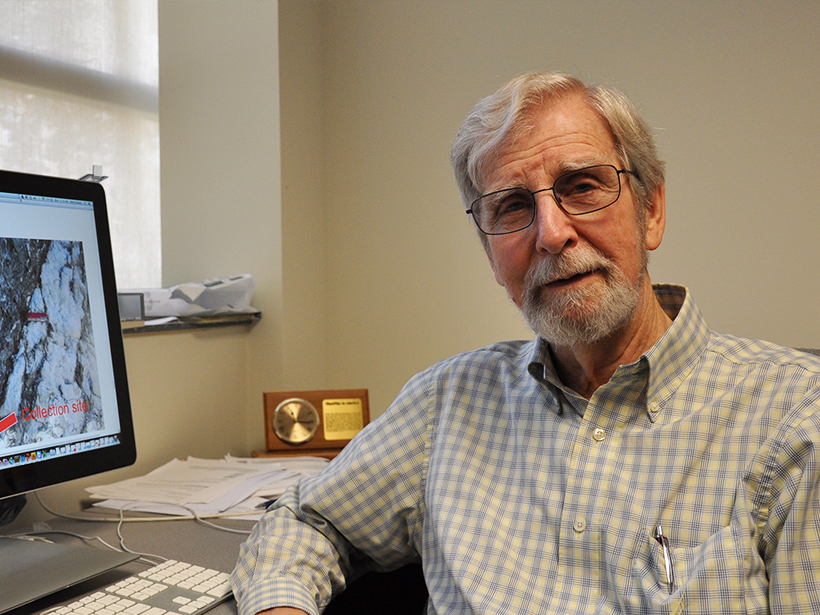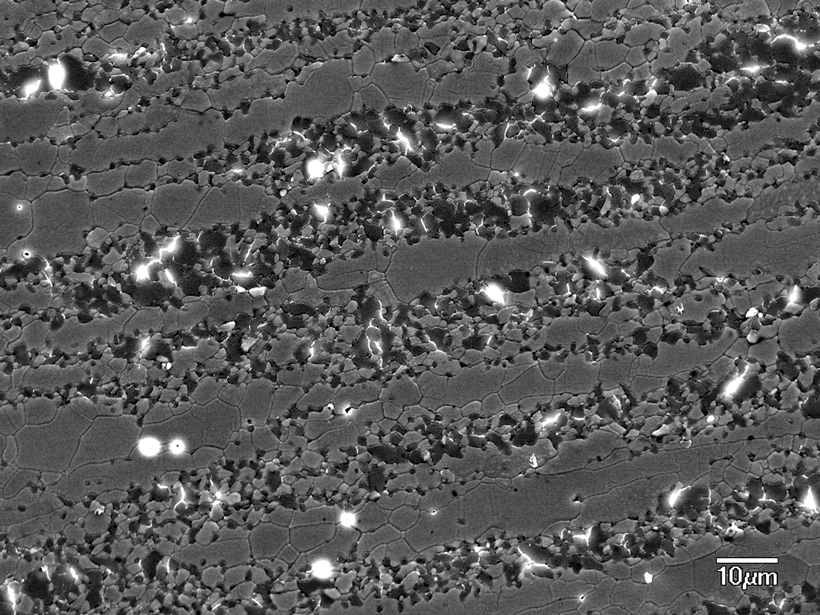By keenly probing mantle rheology, interactions of deformations and phase transitions, and microscopic features, he made major contributions to petrology, mineralogy, and earthquake science.
olivine
Posted inResearch Spotlights
Probing the Grain-Scale Processes That Drive Plate Tectonics
New experimental data suggest that rock composition may play a critical role in forming and perpetuating shear zones.


